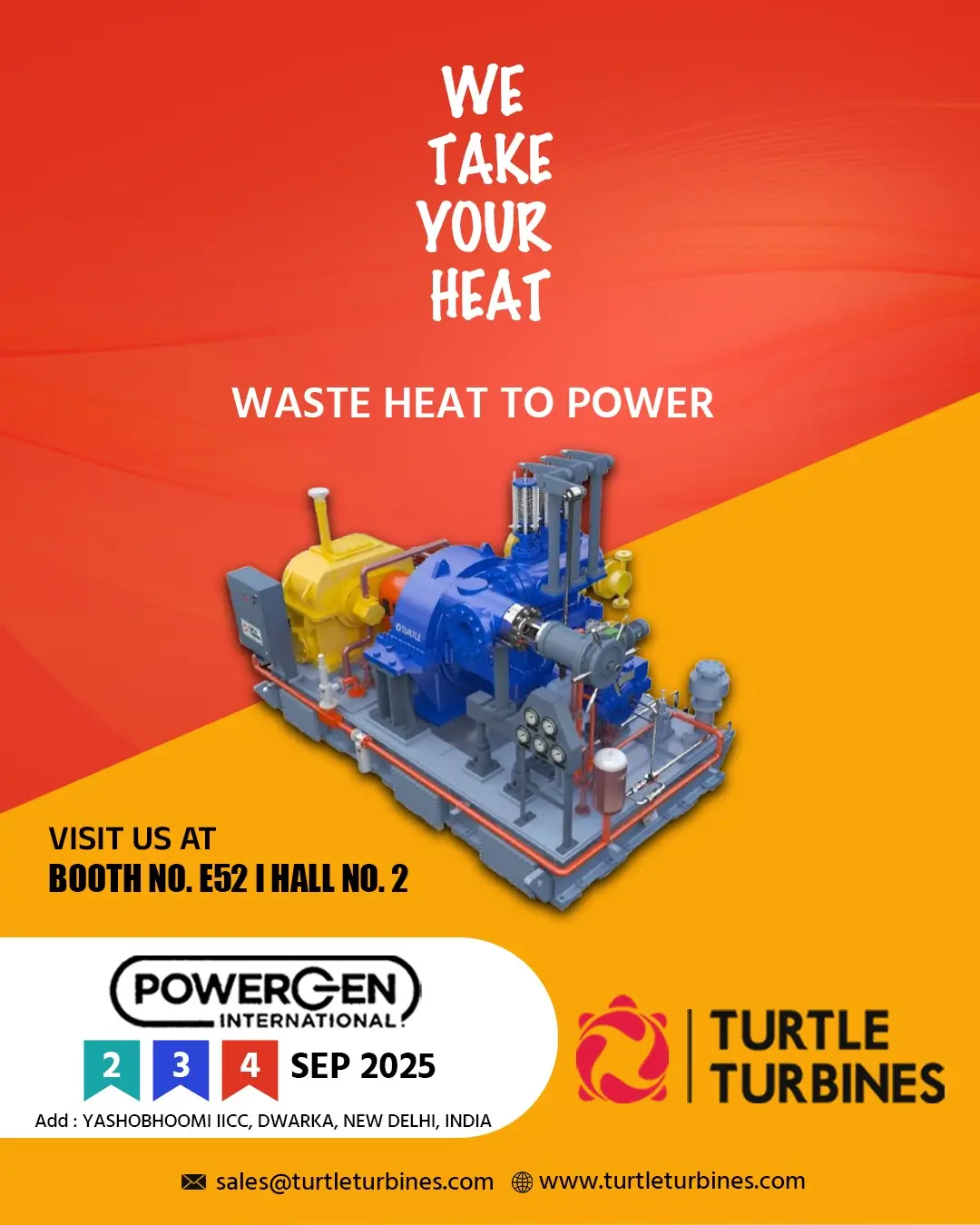The cogeneration term is not new. It first appeared in the late 1880s in Europe and in the early 20th century in the United States, when most industrial plants generated their own electricity using coal-fired boilers and Steam Turbine Generators. Perhaps the first modern use of energy recycling was done by Thomas Edison. His 1882 Pear Street Station, the world’s first commercial power plant, was a combined heat and power plant producing both thermal and electrical energy while using waste heat to warm neighboring buildings. Many of these plants used exhaust steam for industrial. According to COGEN Europe, an advocacy group based in Belgium, cogeneration produced as much as 58% of the total power from on-site industrial power plants in the United States in the early 1990s.
Cogeneration or Combined Heat and Power (CHP) is the use of a heat engine or power station to generate electricity and useful heat at the same time. Heat losses are reduced and efficiency is increased when cogeneration is used to supply heat to various applications and facilities. Typical cogeneration systems have overall efficiencies ranging from 65% to 90%. Cogeneration is more efficient due to the levels of fuel that are used.
Benefits of Cogeneration:
- Efficiency levels are higher than many other methods.
- Energy wastage levels are less than in other processes.
- Running costs are lower.
- Electricity produced is stable and consistent.
- The cost of heating is lower.
- Carbon footprint reduced.
- Considerably more eco-friendly.
- Can be a backup power supply.
Turtle Turbines is one of the most reputed Steam Turbine Manufacturers In India.



